Message from Project Leader/Research Projects
MESSAGE
Message from Project Leader

Welcome to our project, “Detecting Evolvability Dynamics!”
Our project, officially named “A New Science for Detecting Evolvability Dynamics: Integration of Bioinformatics, Evo-devo, and Paleontology”, is being promoted by MEXT Grant-in-Aid for Transformative Research Areas (B).
We are living in an era where different fields of science are in different phases of maturity. In the field of research into biological evolution, there have also been several theoretical developments and technological innovations. This has resulted in a great deal of understanding in each specialized subfield. But I have a vague question, though it’s hard to articulate with precision. To phrase them somewhat imprecisely: “Were ancient organisms more evolvable than late organisms?” or “Has the pace of evolution declined over time?” For instance, when looking back the evolutionary history of vertebrates, many novel organs—absent in ancestors—have been acquired between 500 and 400 million years ago. No equivalent morphological evolution—such as the emergence of an additional pair of limbs—has occurred since then. I feel this apparent heterogeneity in morphological evolution curios.
I have friends in the fields of physics and astronomy since my student days. Whenever talking with them, I was impressed by the organic integration between theory, experiments, and observations in their research area to elucidate the origins of the universe. I had always wanted to tackle a question that could not yet be considered scientific: “The universe is expanding at an accelerating rate, but has biological evolution been slowing down?” In the study of biological evolution, theory and experiments have been thoroughly studied. But what about observation? We are still in a phase where we don’t know how to observe.
I am now able to tackle this problem together with very energetic group PIs and co-Is. Each of us is an expert in a slightly different field. The word “detecting” in the name of our project reflect our vision to pathfind an unexplored area: “observations” of changes in evolvability in the past. Some may say that building an integrated research area on biological evolution is difficult because it is incredibly complex, unlike the origins of the universe. The mission of our project is to find the way to overcome this problem. As a scientist, taking on new and difficult challenges is thrilling, but it should be fun.
You may say I’m a dreamer
But I’m not the only one
—John Lennon, Imagine
I believe that the success of our project will enable us to develop integrated research area that combines theory, experiments, and observations for unveiling the dark side of biological evolution—and I hope someday you’ll join us.
— Tatsuya Hirasawa (Project Leader)
Our Teams
Research Projects
A01 – Hirasawa Group
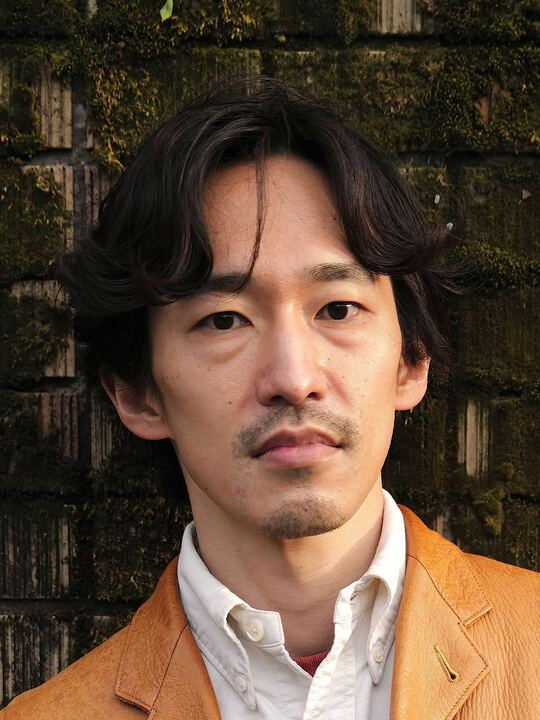
Tatsuya Hirasawa
(The University of Tokyo)
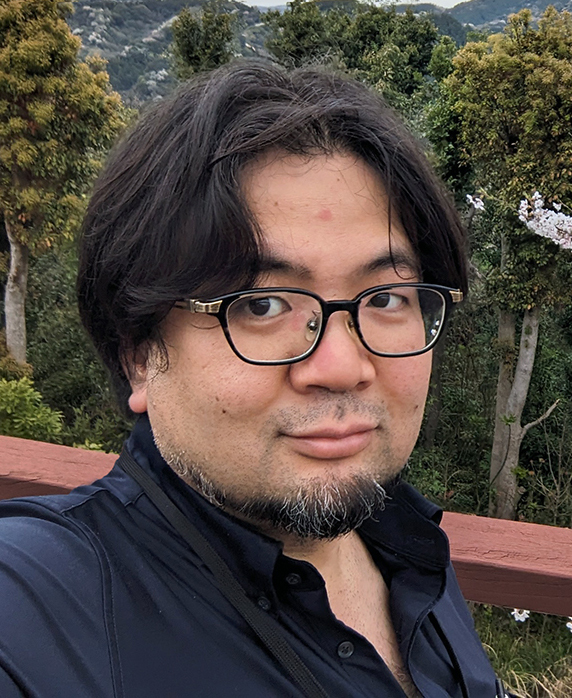
Hiroki Higashiyama
(The Graduate University for Advanced Studies)
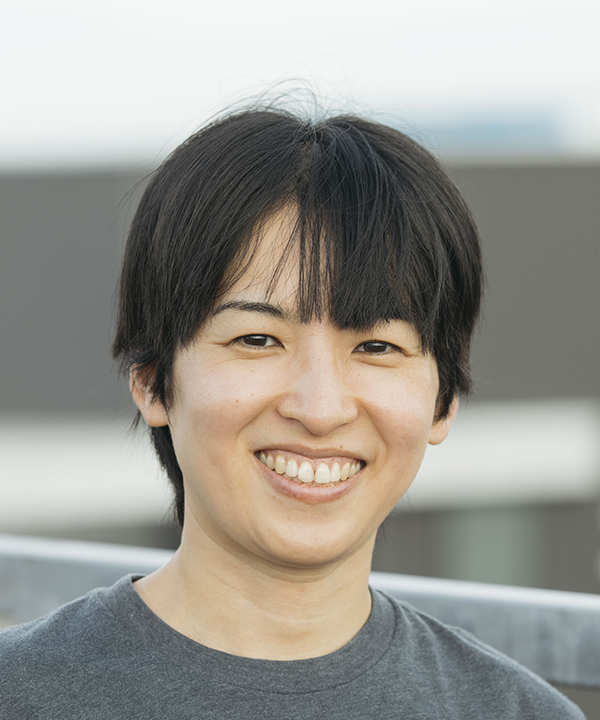
Yuri Kimura
(National Museum of Nature and Science)
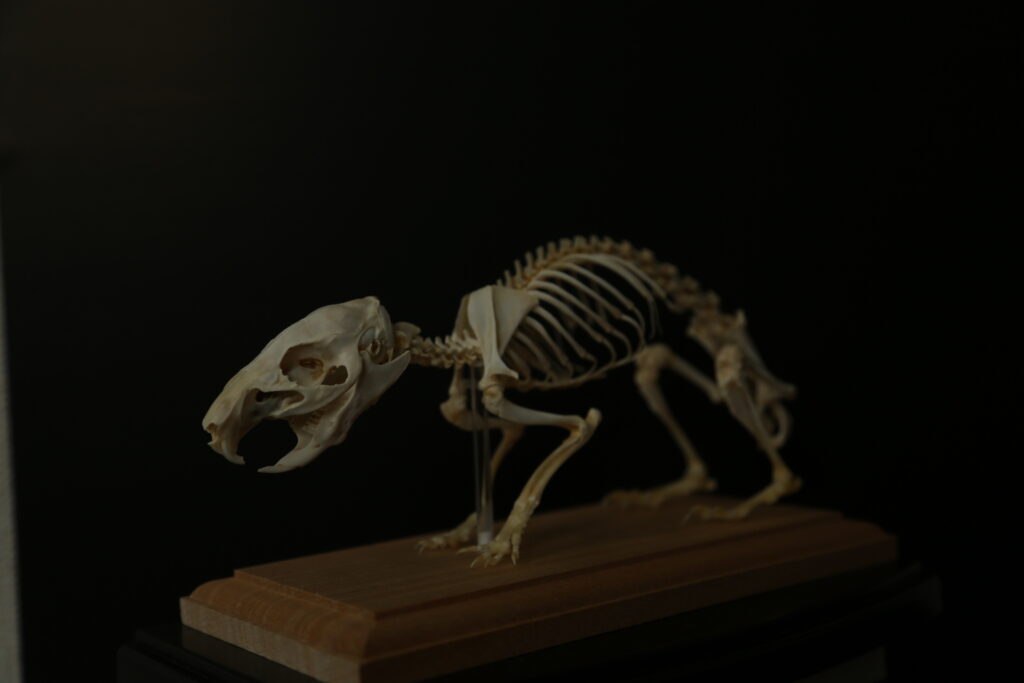
Unraveling the dawn of vertebrate morphological evolution through integrated research in paleontology and evolutionary developmental biology
Focusing on the morphological evolution of vertebrates in the fossil record, A01 will identify the developmental mechanisms behind them, and collect empirical data on the changes in potential of evolutionary novelty emergence (at both 100 myr- and speciation-scales).
A02 – Uesaka Group
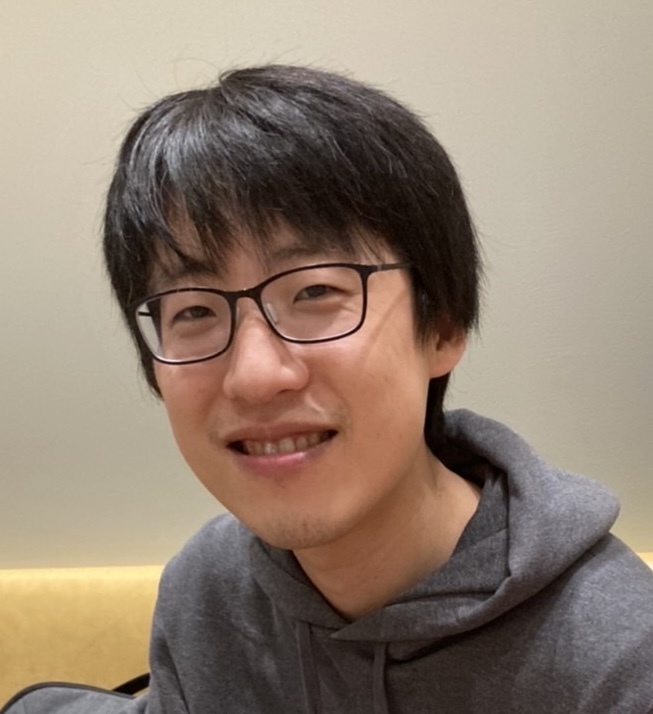
Masahiro Uesaka
(Tohoku University)
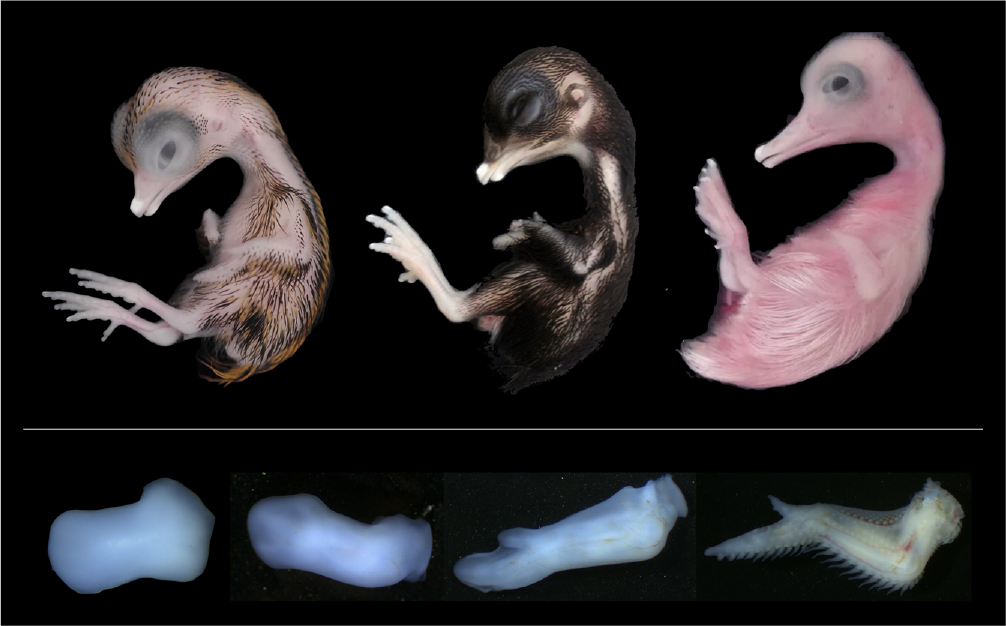
Exploring the evolvability of avian wings via deep learning-based morphological prediction
A02 will develop a method to predict gene regulatory activity and morphological
traits from genome sequences alone through deep learning on gene regulatory regions involved in morphogenesis, and examine changes in morphological evolvability, particularly in the lineage of birds.
A03 – Ando Group
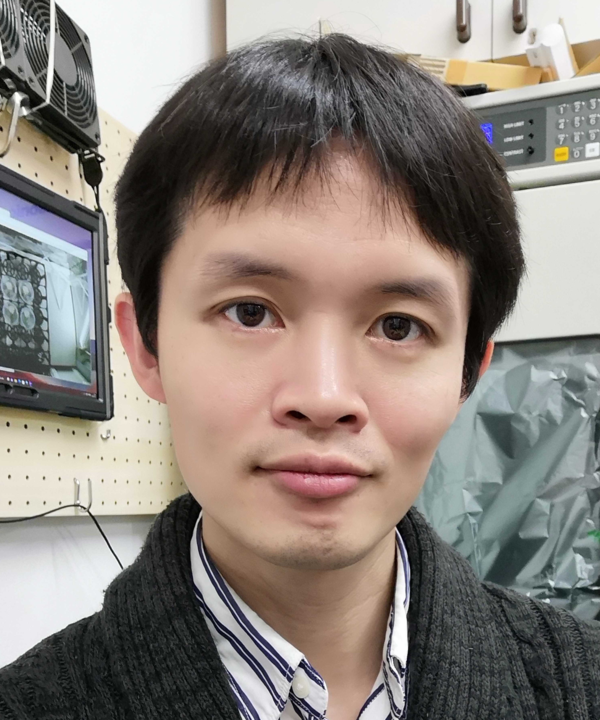
Toshiya Ando
(Kyoto University)
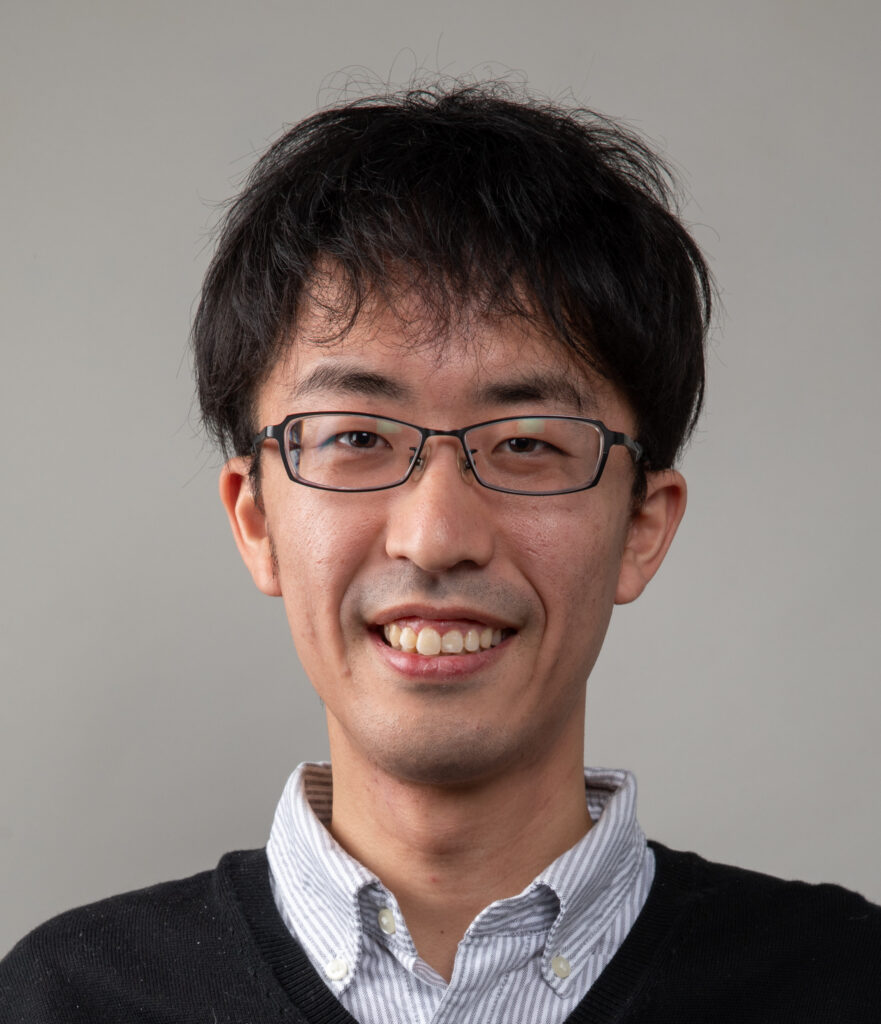
Satoshi Ansai
(Okayama University)
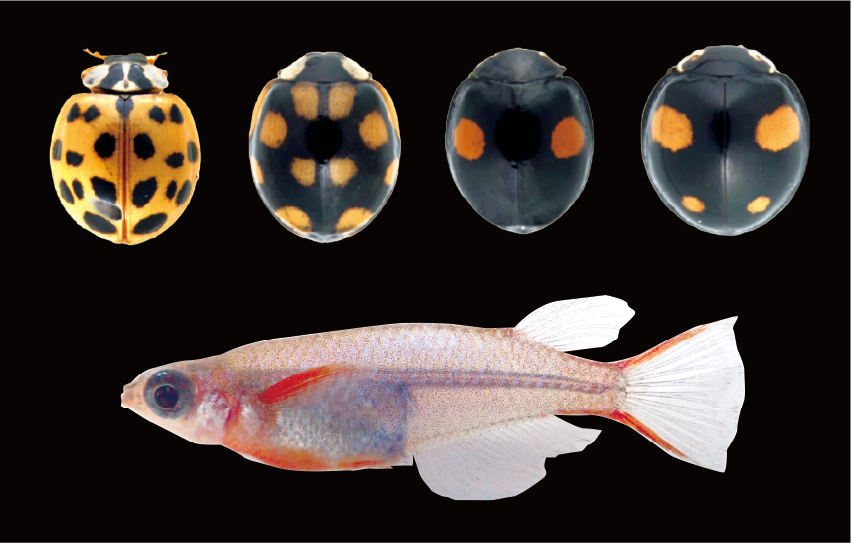
Exploring the evolvability in the parallel evolution of color patterns in insects and fish
Using the original technique in experimental genetics, A03 will reconstruct mutation patterns in parallel evolving genes in the laboratory and elucidate the factors that cause parallel evolution or overcome the accumulation of mutations at the intra- and inter-specific levels in different animal lineages (insect and fish).
